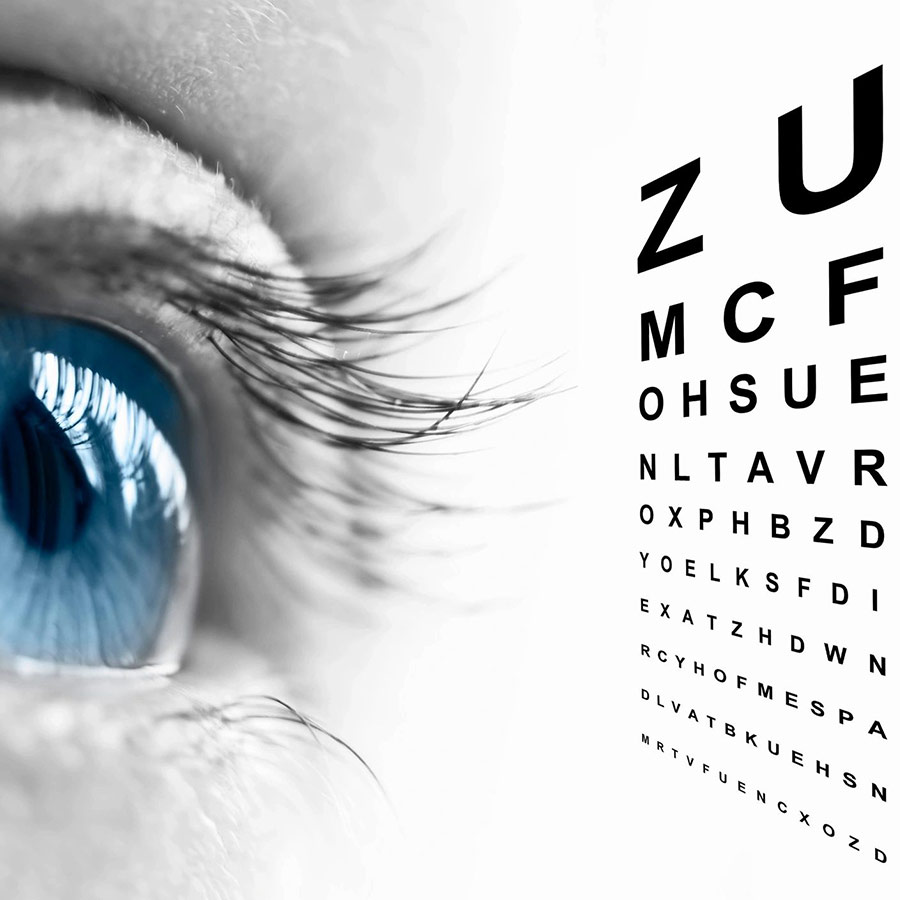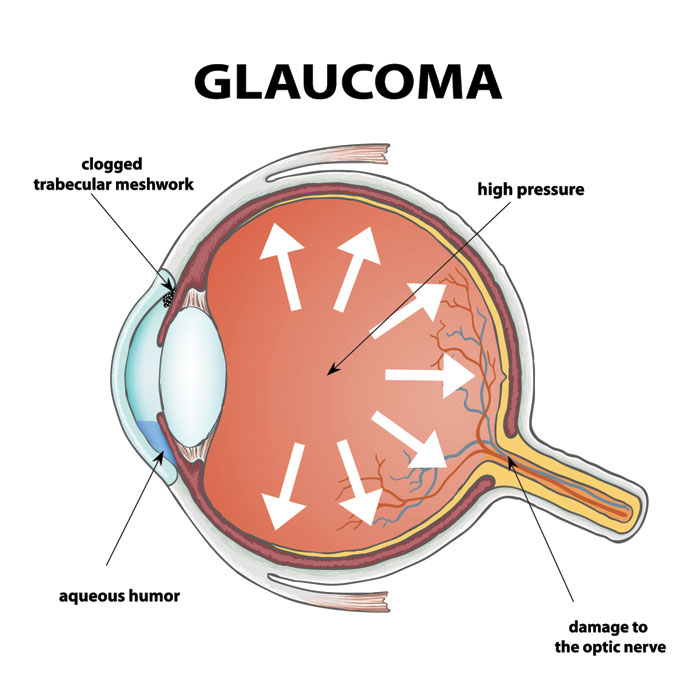Top Causes of Blindness in the Philippines: A Comprehensive Insight
Introduction: Why Eye Health Matters in the Philippines
Blindness continues to be a major public health concern in the Philippines, especially in underserved communities with limited access to quality eye care. The World Health Organization (WHO) estimates that a significant percentage of blindness cases are preventable or treatable. To address this challenge effectively, it’s vital to understand the leading causes of blindness in the Philippines and the steps individuals and communities can take to protect their vision.
1. Cataracts: The Most Common Cause of Blindness in the Philippines
Cataracts, a condition characterized by clouding of the eye’s natural lens, remain the leading cause of blindness in the country—particularly among older adults.
Key Facts:
-
Affects millions of Filipinos, especially in rural areas.
-
Easily treatable through cataract surgery, which restores vision by replacing the cloudy lens with an artificial one.
-
Risk factors include aging, prolonged sun exposure, smoking, diabetes, and poor nutrition.
Prevention and Management: Wearing UV-protective sunglasses, maintaining a healthy lifestyle, and scheduling regular eye check-ups can help detect cataracts early and avoid complications.
2. Glaucoma: The Silent Thief of Sight
Glaucoma is the second leading cause of blindness in the Philippines. Known as the “silent thief of sight,” it causes gradual damage to the optic nerve, often without early symptoms.
Why It’s Dangerous:
-
Vision loss from glaucoma is permanent and irreversible.
-
Many Filipinos are unaware they have it until it’s too late.
-
It’s more prevalent among people aged 40 and older, especially those with a family history of the disease.
Treatment Options: Early detection is key. Treatments include glaucoma eye drops, oral medications, laser therapy, and various forms of glaucoma surgery. Eye pressure monitoring and optic nerve imaging should be part of routine exams, especially for high-risk individuals.
3. Refractive Errors: A Highly Treatable but Neglected Issue
Refractive errors such as myopia (nearsightedness), hyperopia (farsightedness), astigmatism, and presbyopia are widespread in the Philippines, particularly among children and working-age adults.
Impact:
-
Often mistaken as minor or “normal” eye problems.
-
Can lead to reduced academic performance and work productivity.
-
Easily correctable with eyeglasses, contact lenses, or laser eye surgery.
Public awareness campaigns and school-based vision screening can dramatically improve early detection and correction.
4. Diabetic Retinopathy: A Growing Threat with Rising Diabetes Cases
With the increasing prevalence of Type 2 diabetes in the Philippines, diabetic retinopathy is becoming a leading cause of vision impairment.
How It Affects Vision:
-
Caused by damage to blood vessels in the retina due to high blood sugar.
-
Early stages may not show symptoms.
-
Without treatment, it can lead to blindness.
Prevention Tip: Diabetics should undergo a dilated eye exam at least once a year and manage blood sugar, blood pressure, and cholesterol levels.
5. Age-Related Macular Degeneration (AMD): Losing Central Vision
AMD affects the macula, the part of the retina responsible for sharp central vision. It’s more common in Filipinos over 60 and can severely impact daily tasks like reading or recognizing faces.
Risk Factors:
-
Age, smoking, poor diet, and genetics.
-
Currently incurable but manageable with lifestyle changes, anti-VEGF injections, and nutritional supplements.
6. Retinopathy of Prematurity (ROP): A Concern for Premature Infants
ROP is a potentially blinding condition that affects premature babies, especially those born before 32 weeks or weighing under 1,500 grams.
Why It Matters:
-
The condition causes abnormal blood vessel growth in the retina.
-
Early screening in neonatal intensive care units (NICUs) is vital to prevent vision loss.
7. Eye Trauma and Infections: Preventable but Dangerous
Many cases of blindness in the Philippines are also due to accidents, occupational hazards, and untreated eye infections, particularly in low-income and rural communities.
Prevention:
-
Wearing protective eyewear during high-risk activities.
-
Immediate medical attention for any eye injuries or infections.
-
Public education campaigns on eye safety and hygiene.
Government and NGO Initiatives for Eye Health
The Philippine government, through the Department of Health (DOH), has implemented several eye health programs, including:
-
The National Prevention of Blindness Program
-
Vision screening in schools
-
Collaborations with NGOs like Philippine Eye Research Institute (PERI) and Eye Bank Foundation of the Philippines
The Philippine Eye Disease Study also provided critical data that guides national eye care policies and priorities.
Conclusion: Toward a Future with Better Vision
Combatting blindness in the Philippines starts with awareness, early detection, and accessible treatment. Whether it’s a cataract that can be removed or glaucoma that must be managed, proactive eye care can dramatically reduce the risk of permanent vision loss.
Regular eye check-ups, a healthy lifestyle, and access to affordable treatment are key to preserving the eyesight of every Filipino. By supporting both local and national eye health initiatives, we can work toward a future where blindness is no longer a burden for Filipino families.




